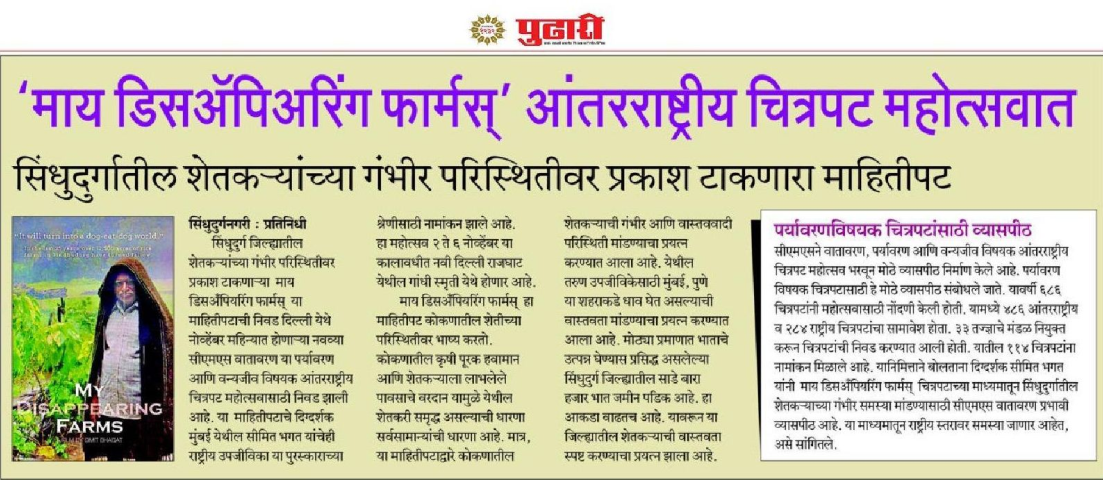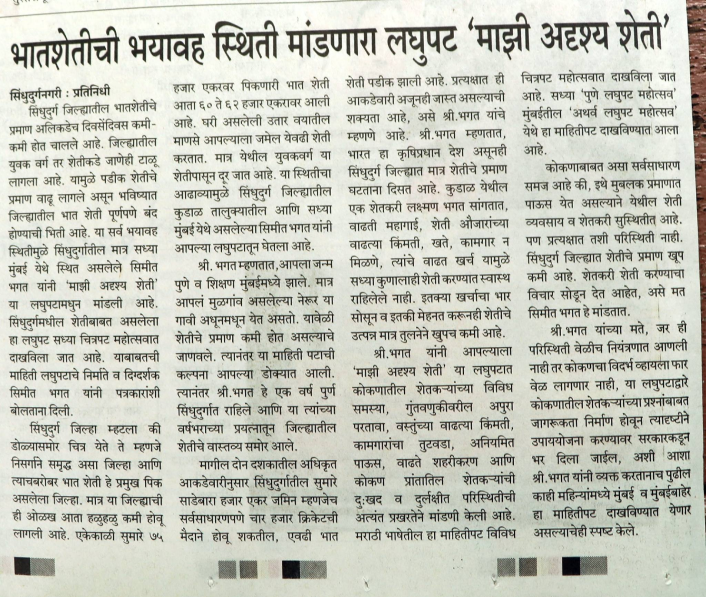We are living in an age that constantly bombards us with all kinds of information, making it challenging to pierce through the clutter. Whether it is climate change, human rights, or social justice, getting creative is a way to excite people to step on board. And this is where visual storytelling comes into the picture. In using illustrations, comics, or graphic narratives, NGOs have been able to make troubling topics accessible and engaging.
For NGOs, this method is strongly effective. It breaks down barriers to allow people from different backgrounds and literacy levels to access significant information. But it also surpasses stripping ideas to their core: it’s about reaching in to transform emotional consciousness so that messages become cherished and filled with meaning.
The Power of Visual Storytelling
If we take visualisation as an indirect mode of communication, it takes between 1-10 milliseconds for the brain to understand any image. Thus, an image could unfold an idea faster than a whole paragraph. Out of this perception of visual images come the most compelling stimuli for understanding important concepts like social inequality, climate change, and public policy. They resolve very complex situations into knowable issues that are much easier to digest.
Already, many organisations are using visual storytelling to make a difference. Here are five brilliant examples:
1. PositiveNegatives – Human Rights Stories Through Comics
The UK-based organisation PositiveNegatives uses comics and animation to bring real-life stories to a wider audience. Their work focuses on topics like migration, conflict, and social justice, using illustrations to tell powerful, personal stories in a way that’s both accessible and engaging. By using illustrations, they tell these stories with sensitivity while protecting the identities of those involved.
2. Rewriting Extinction – Comics for Climate Awareness
The Rewriting Extinction project highlights the climate and biodiversity crisis through illustrated stories. Their book, The Most Important Comic Book on Earth, features over 120 stories by environmentalists, artists, and activists. Using a visually engaging format, they’ve reached wider audiences and inspired meaningful action.
3. Sanitary Panels – Addressing Social Justice Through Webcomics
Rachita Taneja’s Indian webcomic, Sanitary Panels, tackles social justice themes like discrimination, victim-blaming, and feminism using straightforward stick-figure drawings. Its approachable style makes it easy for a wide range of readers to connect with, sparking conversations about crucial issues in our society.
4. Pop Culture Classroom – Boosting Literacy Through Comics
US-based non-profit Pop Culture Classroom promotes literacy and arts education through comics and graphic novels. Their storytelling through the comics programme helps young readers, especially those from underserved backgrounds, improve comprehension while developing their creativity. This interactive approach makes learning more engaging and accessible.
5. IRRI – Women in Water Governance
In Bangladesh, even though policies promote including women in water management, their actual involvement stays pretty low. To help fix this, the International Rice Research Institute (IRRI) joined forces with Simit Bhagat Studios to make a picture storybook all about women’s part in handling water. This 12-page visual tale made complex policy chats simpler and turned up the volume on women’s voices in the field.
If you’re passionate about communications and storytelling in the development sector, don’t miss out on our insights!
Subscribe to our newsletter for the latest trends, tips, and stories on how visual storytelling is shaping social impact.











